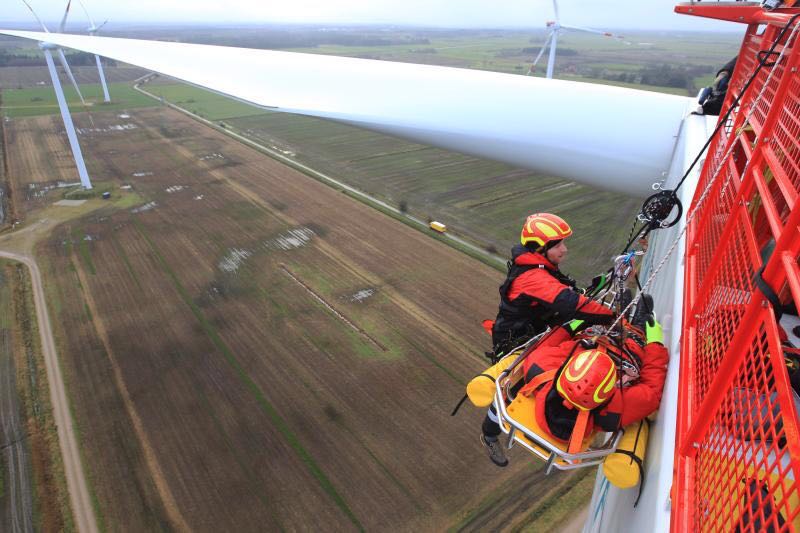
No matter how experienced you think you are when it comes to working at height or how many times you may have used a safety harness, you should always check their suitability before using one. There have been many instances all over the world of experienced workers falling to their deaths or becoming severely injured as a result of faulty safety equipment.
Here at SLG, we strive to make working conditions as safe as possible by providing the highest quality safety equipment available. Our range of safety harnesses includes a variety of specialist types, suitable for a selection of tasks performed at height. These include rescue harnesses, fall arrest harnesses and multipurpose harnesses. All of which offer select features and abilities that aim to increase your safety and the safety of people around you. However, regardless of the type of harness you choose to use for your specific task, you should still conduct a thorough check to ensure your safety and the safety of the people around you is not put into jeopardy.
As with all personal protective equipment, safety harnesses must be examined at least every 12-months and should also be subject to pre-use checks, detailed periodic inspections and interim inspections. To make things a little easier for you, below we outline the steps on how to carry out a pre-use check to ensure your harness is safe to use, along with a number of often-missed checkpoints.
Once all of these inspections are completed and you are satisfied with the condition of each part, your safety harness should be good to go. However, as we mentioned above, there are several checks that are often missed which may lead to potential accidents. We outline these below:
1. Ultraviolet damage – One of the factors that impact the effectiveness of a safety harness is its exposure to ultraviolet (UV) rays. Visually identifying degradation caused by UV rays can be difficult, but signs of flaking on the surface of the harness or any colour discolouration may be an easy sign to look out for. Other signs of chemical damage such as bur and fibred with a glazed appearance also have the ability to weaken the strength of the webbing.
2. Contamination – The level of dirt generated by the work area determined how contaminated a safety harness can be, resulting in excessive internal or external abrasion. Debris, sand or grit underneath the dorsal D-ring can lead to severe problems that workers at height often cannot see. Ensure that the harness, lanyards and other parts of a fall arrest system are properly cleaned and stored safety to easily maintain equipment integrity.
3. Worker competency – The competency of the individual carrying out work at height is one of the most important factors of any task, but is often one of the most neglected. No matter how good the condition of a safety harness is in if the person wearing it isn’t competent enough in the job, the chances of an accident occurring are always going to be high. Workers at height should develop the habit of applying their training when inspecting and using their safety harness and lanyard to ensure they are in the best position to conduct work.
By following the steps above, you will no doubt reduce the likelihood of accidents occurring when working at height. If you work at height often and require new, quality equipment that will ensure your safety, then why not take a look at our collection of safety harnesses?! We have a harness to suit every task and any budget, available for hire as well as full purchase. So, whether you need a harness for a one-off job or are looking to update your arsenal, TOOLIFT is the place for you.